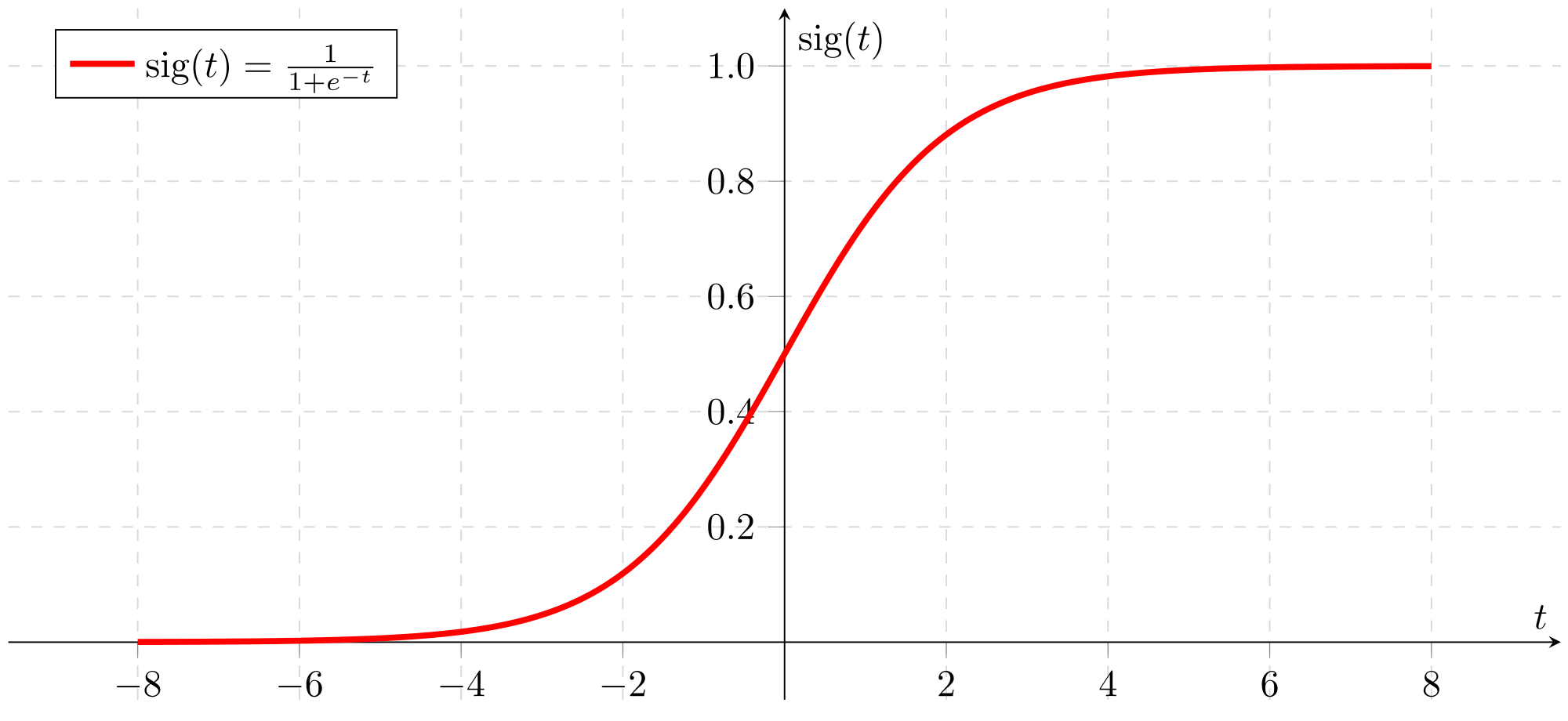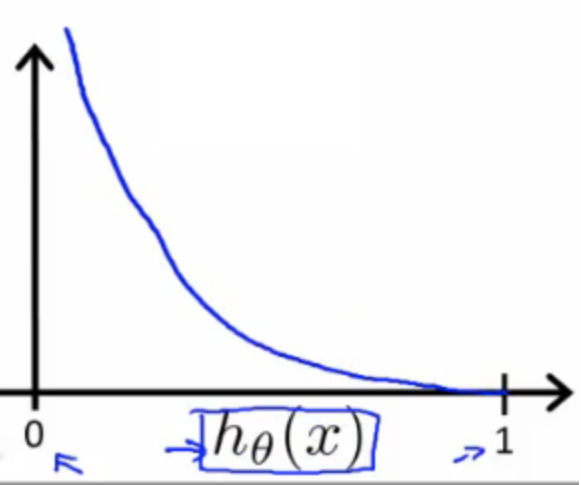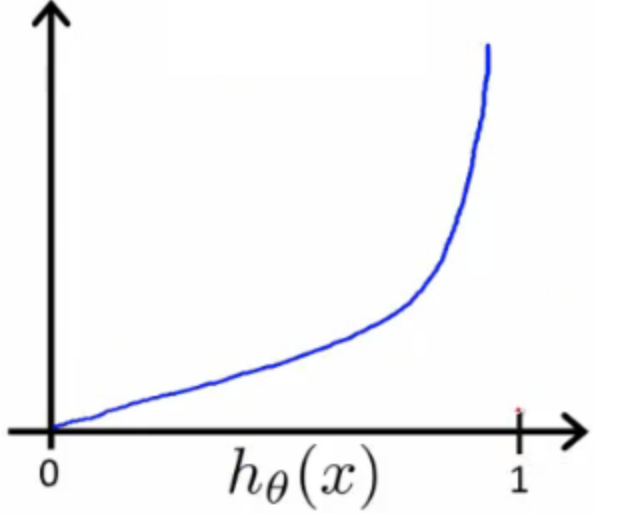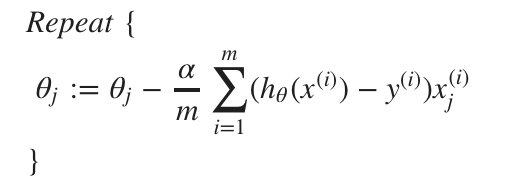Logistic Regression
Logistic Regression is a classification problem whose target / output is a set of discrete values.
Binary Classification
In binary classification, the output of Y has only two values, usually 0 and 1.
- 0: the negative case, absence of the observed outcome
- 1: the positive case, the presence of the intended outcome
Logistic function of binary classification is call Sigmoid Function, its charateristic includes:
- x ranges from +∞ to -∞
- y ranges from 0 to 1
- ‘S’ shaped

Logistic Function Equation
hθ(x) = g(θTx) = 1 / (1 - e-θTx) when g(z) = 1 / (1 - e-z)
hθ(x) = P(y=1|x;θ) = 1 - P(y=0|x;θ), in other words, hθ(x) will give us the probability that our output is 1.
P(y=1|x;θ) + P(y=0|x;θ) = 1
Translate probability to discrete values
Assume this is how we will translate the P into 0 and 1:
- y = 1 if hθ(x) >= 0.5
- y = 0 if hθ(x) < 0.5
Since hθ(x) = g(θTx), for hθ(x) >= 0.5 means θTx >= 0, thus:
- y = 1 if θTx >= 0
- y = 0 if θTx < 0
Solving the equation we get the Decision Boundary
Decision Boundary is not a property of the data set, but a property of the hypothesis and parameters.
Cost Function
The original sigmoid function is non-linear thus will not have global minimum. Log function solves the problem.

Intuition
If we correctly predict the outcome, then the cost will nearly 0
If we wrongly predict the outcome, the cost will be close to infinity
| If y=1 | If y=0 |
|---|---|
 |
 |
Gradient Decent for Cost Function of Logistic Regression

Reference: Machine Learning by Andrew